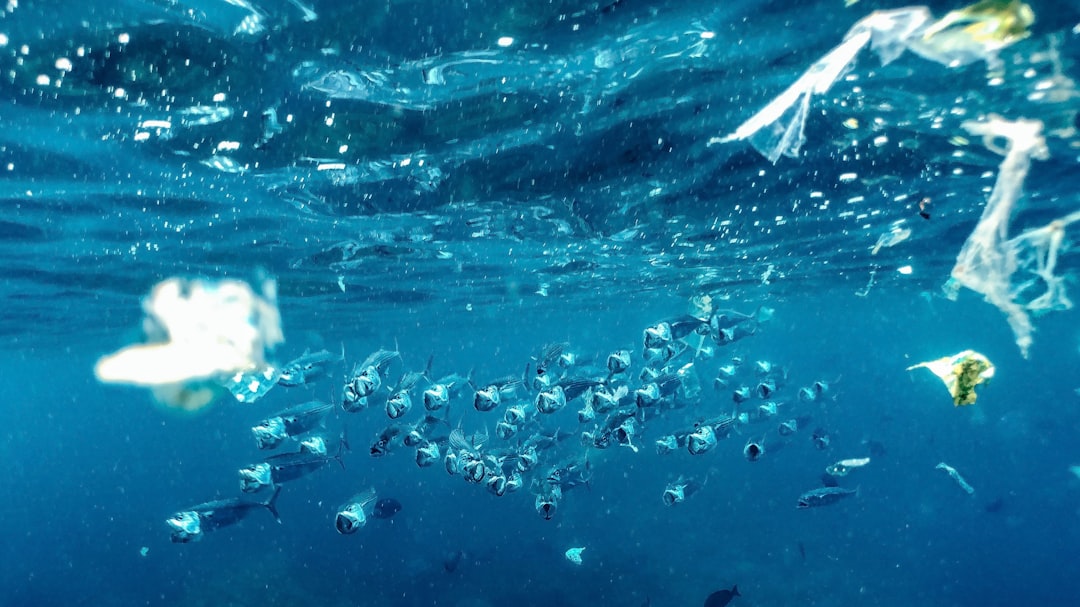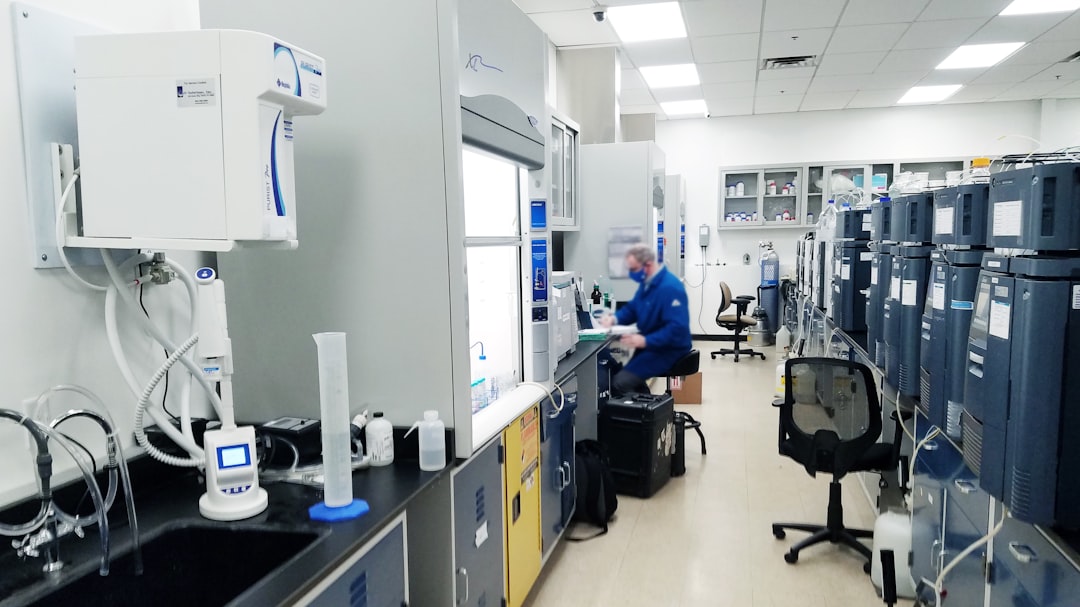What is it about?
Materials with outstanding optical properties can be fabricated by using porous matrices with channel diameters of nanometer-size, such as zeolite L. Its one-dimensional (1D) channels can act as ordering nanocontainers for photoactive species, leading to applications in key technological areas, such as solar energy harvesting, information processing and bionanomedicine. However, the orientation of the encapsulated dye molecules, which greatly influences the functionality of the resulting material, is very difficult to determine experimentally. By computer simulations, here we unravel the orientation of the oxonine dye, reveal that it is determined by water and explain the observed optical properties on the basis of the dynamic behavior of the dye.
Featured Image

Photo by CHUTTERSNAP on Unsplash
Why is it important?
This work solves a long-standing problem on an important class of optical nanomaterials, provides the knowledge bases for improving their functionality and uncovers a novel, surprising type of molecular motion: squid-like diffusion (see movie in the external resources). The squidlike motion sketched in movie 1 indicates that molecular flexibility strongly affects the dye orientation. This process should be much slower in presence of water molecules (movie 2), suggesting that the motion and organization of the confined dye molecules are ultimately determined by the solvent.
Perspectives
Our work shows how molecular flexibility plays a key role in switching the dye orientation and in triggering the diffusion of the molecule along the nanochannels of the host matrix. The timescale of this process is determined by the solvent, via its interactions with the dye and the zeolite channel walls. This knowledge may be very important for the realization of more efficient artificial antenna systems mimicking the photosynthetic processes of living plants.
Gloria Tabacchi
university of insubria
Read the Original
This page is a summary of: Orientation and Order of Xanthene Dyes in the One-Dimensional Channels of Zeolite L: Bridging the Gap between Experimental Data and Molecular Behavior, The Journal of Physical Chemistry C, August 2012, American Chemical Society (ACS),
DOI: 10.1021/jp304962w.
You can read the full text:
Resources
1) Motion of a dye molecule in a nanochannel
The dye molecule is confined into a nanosized channel of a zeolite, and is initially trapped inside a cage. Then, by a squid-like motion, the dye manage to escape from the cage and becomes free to move through the channel.
2) Water quenches the dye motion
The movie shows how water molecules slow down and spatially restrain the motion of the dye inside the channel.
3) A stable orientation in the hydrated composite
A structural optimization of the hydrated zeolite-dye composite: a stable configuration is found, where the dye is perpendicular to the channel axis
Another stable orientation
In this optimization, the dye is no longer perpendicular to the channel axis. This orientation is very close in energy to the perpendicular one.
supplementary material
Supporting data, including the optimized coordinates of the dye molecule, a representation of its relevant vibrational modes, and additional figures.
Academia.edu
Our article page in Academia (full text + supporting data)
ResearchGate
Our article page in ResearchGate (full text + supporting data)
Full Paper - Open Access
Green open access version of this paper (accepted manuscript)
Contributors
The following have contributed to this page










